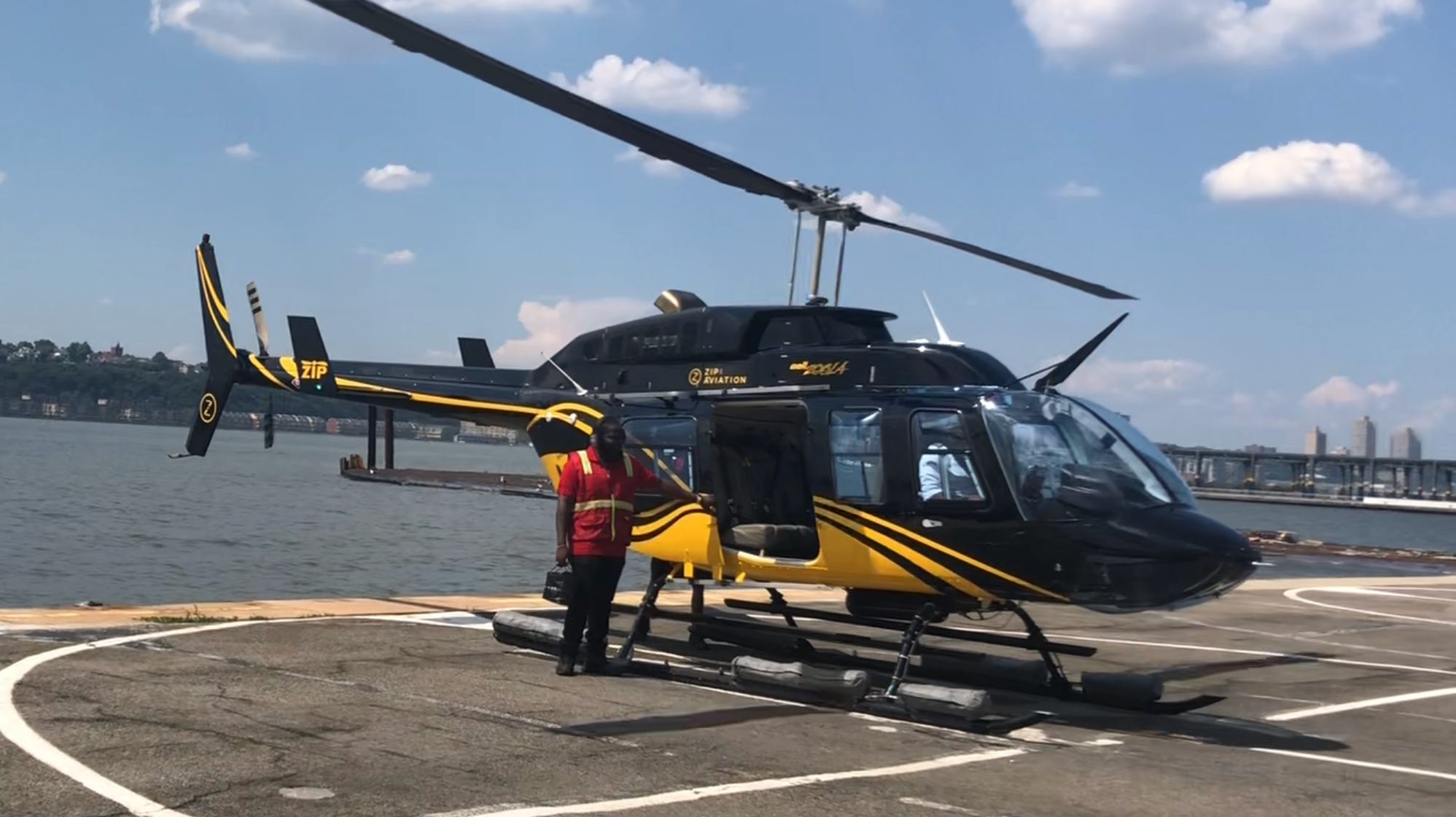Helicopter Tours: Safety Risks Above Cities?
Helicopter tours offer breathtaking views of iconic cities, transforming sightseeing into an exhilarating adventure. However, the thrill comes with inherent risks, particularly when operating in densely populated urban environments. Understanding these risks is crucial for prospective tourists and for fostering a safer environment for all involved.
Assessing the Risks: A Multifaceted Approach
The safety of helicopter tours above cities hinges on several interconnected factors:
1. Air Traffic Congestion: A Major Concern
Cities, especially major metropolitan areas, are hubs of air traffic. Helicopters, sharing airspace with commercial jets, smaller aircraft, and even drones, face a significantly higher risk of mid-air collisions. This congestion is exacerbated during peak hours and in areas with multiple airports or heliports.
- Tip: Choose tour operators who prioritize flight scheduling to minimize overlap with heavy air traffic. Look for companies that explicitly address their air traffic avoidance strategies on their website.
2. Mechanical Malfunctions: The Unpredictable Factor
Like any aircraft, helicopters are susceptible to mechanical malfunctions. While rigorous maintenance schedules are in place, unforeseen technical issues can arise. The consequences can be particularly severe in a densely populated urban setting, where emergency landing options are limited.
- Tip: Research the operator's maintenance records and safety protocols. Reputable companies will readily provide information about their aircraft's age, maintenance schedules, and safety certifications.
3. Weather Conditions: A Shifting Landscape
Adverse weather conditions, including low visibility due to fog, rain, or snow, significantly increase the risk of accidents. Strong winds can also make maneuvering difficult, especially in the confined airspace above city buildings.
- Tip: Check the weather forecast meticulously before your tour. Reputable operators will postpone flights if weather conditions are deemed unsafe. Don't hesitate to reschedule if you have any doubts.
4. Human Error: The Human Factor
Human error, encompassing pilot fatigue, poor judgment, and inadequate training, remains a significant contributor to helicopter accidents. The complexities of navigating congested urban airspace demand highly skilled and experienced pilots.
- Tip: Choose operators with a proven safety record and a commitment to pilot training and well-being. Look for certifications and awards demonstrating a high standard of safety practices.
5. Building Density and Obstacles: Navigating the Urban Jungle
Navigating the maze of skyscrapers, power lines, and other urban obstacles poses a considerable challenge. Even minor miscalculations can have disastrous consequences.
- Tip: Understand the route the helicopter will take. A reputable operator will provide clear details about the flight path and will be able to explain any potential challenges.
Mitigating the Risks: A Collaborative Effort
Several measures are employed to mitigate the risks associated with city helicopter tours:
- Strict Regulations: Aviation authorities enforce stringent regulations on helicopter operations within urban airspace, including flight paths, altitude restrictions, and pilot qualifications.
- Advanced Technology: Modern helicopters are equipped with advanced navigation and communication systems, enhancing situational awareness and reducing the risk of accidents.
- Comprehensive Training: Pilots undergo rigorous training programs, encompassing emergency procedures and techniques for navigating challenging urban environments.
- Regular Maintenance: Helicopters undergo regular maintenance checks to ensure that they are in optimal working condition.
Making Informed Choices: Your Responsibility
Choosing a reputable helicopter tour operator is paramount to ensuring your safety. Look for:
- Safety Record: A strong track record of safe operations.
- Certifications and Licenses: Proper certifications and licenses from relevant aviation authorities.
- Insurance Coverage: Adequate insurance coverage to protect passengers in case of accidents.
- Pilot Experience: Experienced and well-trained pilots.
- Maintenance Records: Transparent maintenance records demonstrating a commitment to aircraft upkeep.
While the risks associated with helicopter tours above cities are real, they can be significantly reduced through responsible operation, rigorous safety protocols, and informed choices by passengers. By understanding these risks and prioritizing safety, you can enjoy the breathtaking experience of a city helicopter tour with greater peace of mind.
